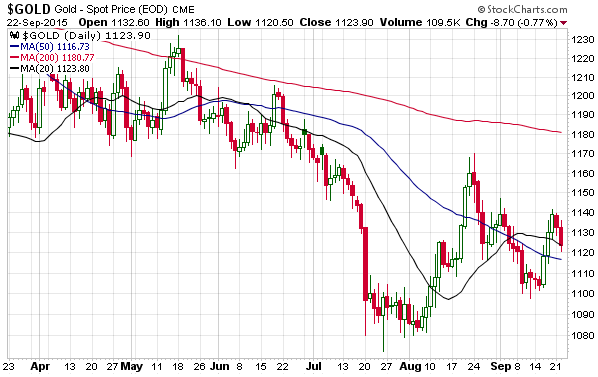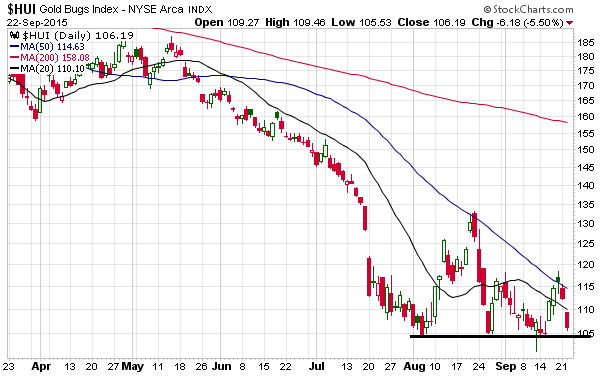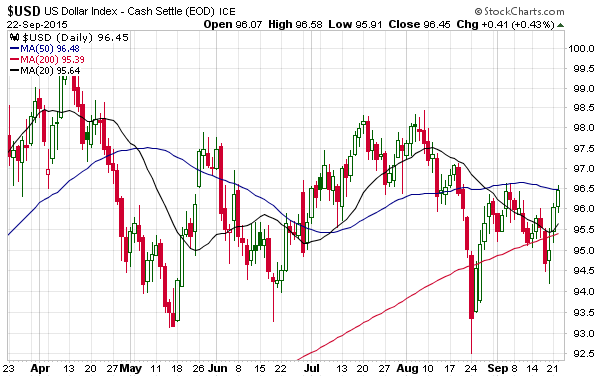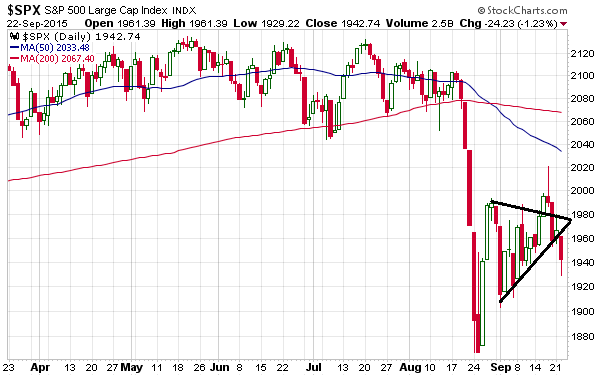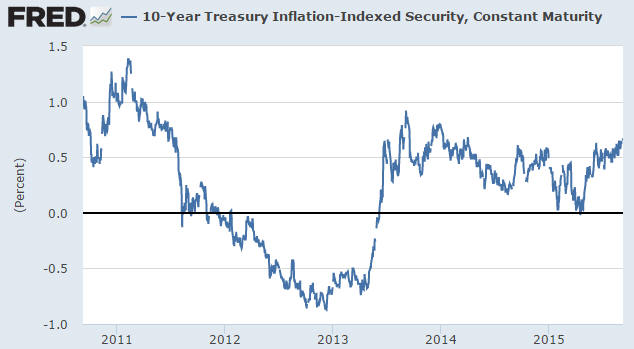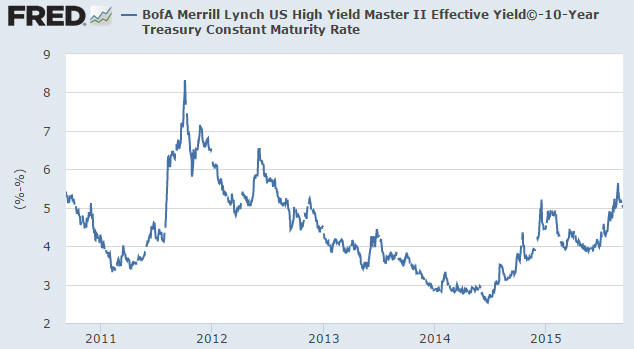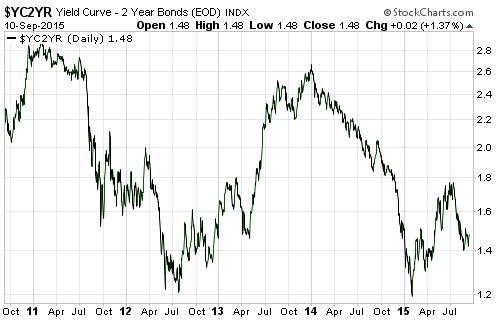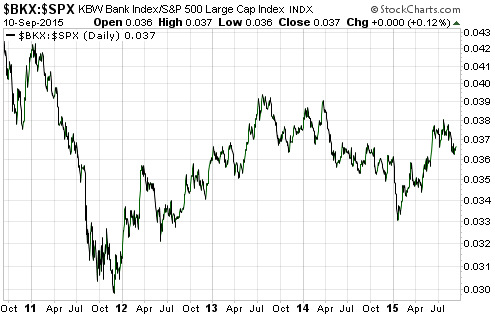This post is an excerpt from a recent TSI commentary.
Excited talk of a silver shortage has made its annual reappearance. This talk is always based on anecdotal evidence of silver coins or small bars being difficult to obtain in some parts of the world via retail coin dealers. It never has anything to do with the overall supply situation.
Shortages of silver and gold in certain manufactured forms favoured by the public will periodically arise, often because of a sudden and unanticipated (by the mints) increase in the public’s demand for these items. Furthermore, the increase in the public’s demand is often a reaction to a sharp price decline, the reason being that in the immediate aftermath of a sharp price decline the metals will look cheap regardless of whether they are actually cheap based on the fundamental drivers of value.
These periodic shortages of bullion in some of the manufactured forms favoured by the public are not important considerations when assessing future price potential. The main reason is that the total volume of metal purchased by the public in such forms is a veritable drop in the market ocean. For example, the total worldwide volume of silver in coin form purchased by the public in a YEAR is less than the amount of silver that changes hands via the LBMA in an average trading DAY.
If gold continues to rally over the weeks ahead then silver will also rally. By the same token, if gold doesn’t rally over the weeks ahead then neither will silver. In other words, regardless of any anecdotal evidence of silver shortages at coin shops, silver’s short-term price trend will be determined by gold’s short-term price trend. Furthermore, if the gold price rises then the silver price will probably rise by a greater percentage, the reason being that the silver/gold ratio is close to a multi-decade low (implying: silver is very cheap relative to gold).
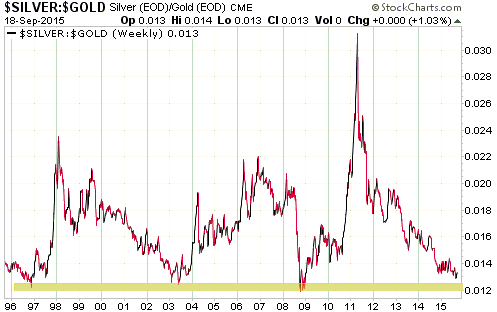
A final point worth making on this topic is that the claims of silver or gold shortages that periodically spring-up are not only misguided, they are dangerous. This relates to the fact that the most popular argument against gold and silver recapturing their monetary roles is that there isn’t enough of the stuff to go around. The gold and silver enthusiasts who cry “major shortage!” whenever it temporarily becomes difficult to buy coins from the local shop are therefore effectively supporting the case AGAINST the future use of gold and silver as money. You see, a critical characteristic of money is that obtaining it is always solely a question of price.
 Print This Post
Print This Post

